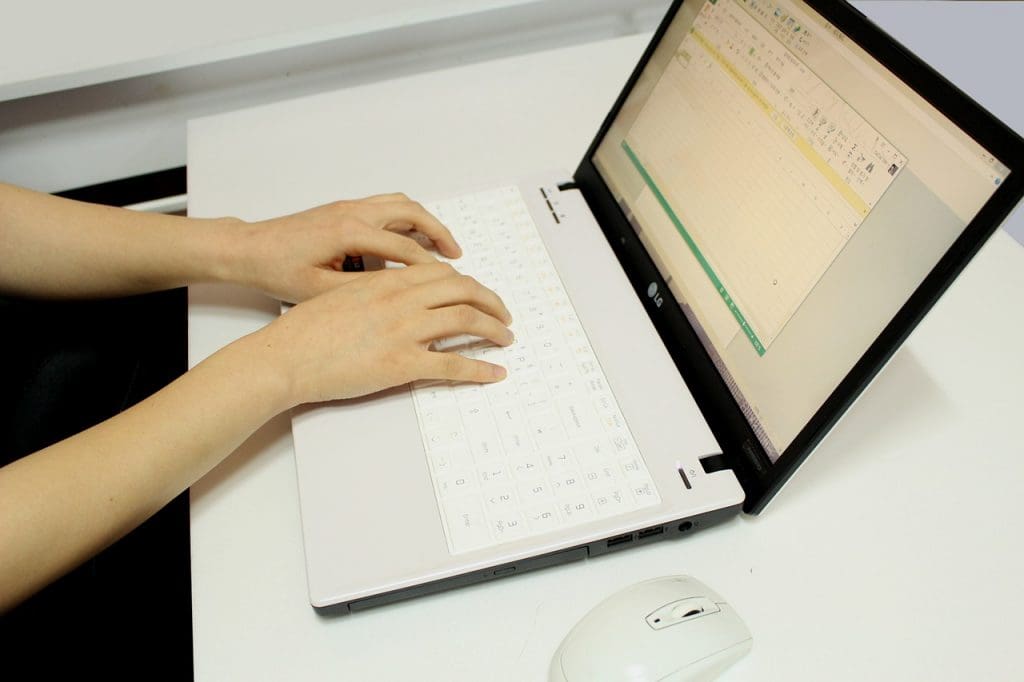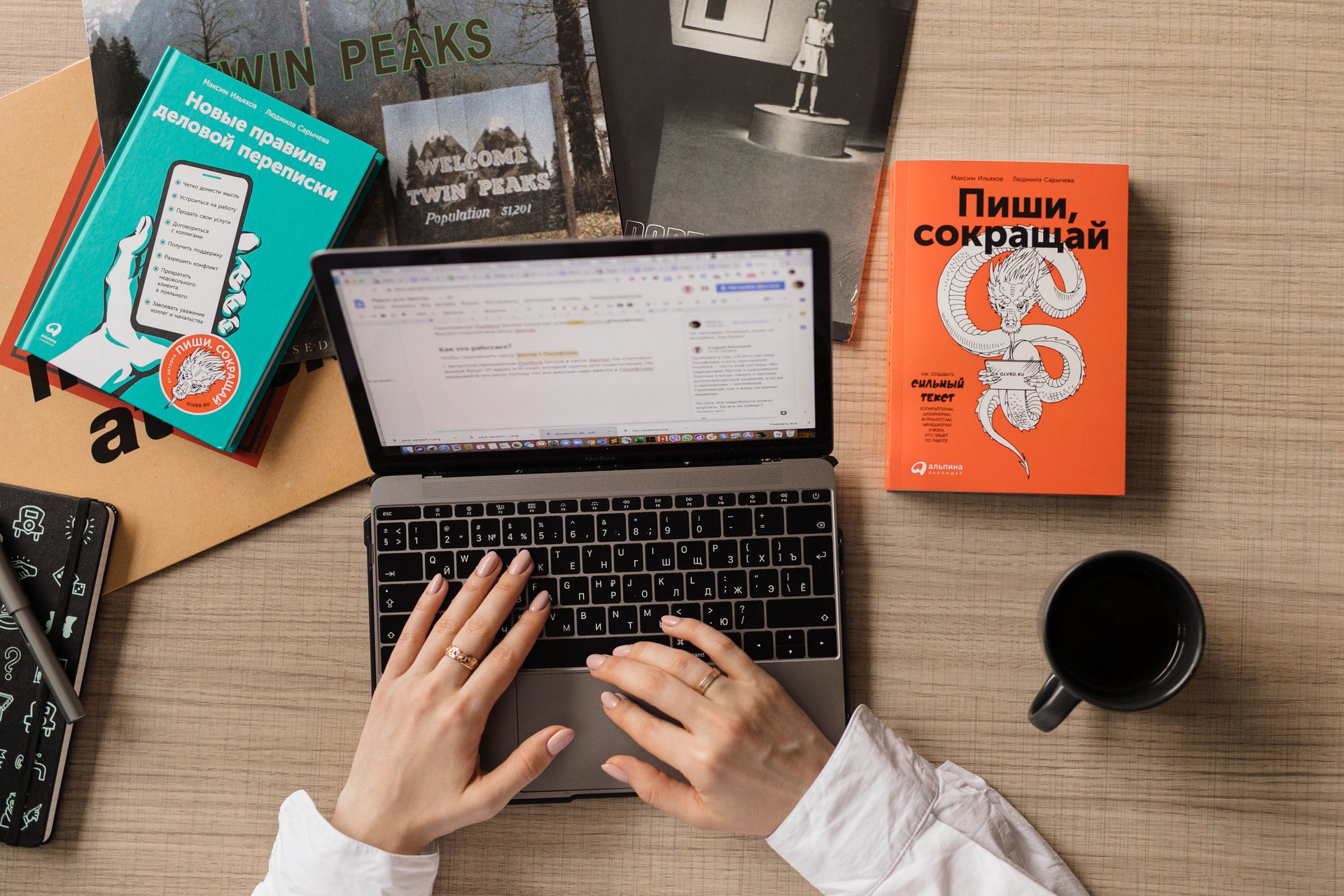Ever since the pandemic hit, most students have been attending classes virtually. If you haven’t customized your PC setup for online studying yet, it’s about time.
Below are a few tips to help students optimize their computers for studying.
Table of Contents
Set up an Antivirus
The web can be a risky place to explore without the appropriate antivirus app. There are numerous dangers online, and clients who are not protected could have a ton of issues. This is especially valid for high school students who may not understand what threats sneak on the internet or how to protect their learning materials properly.
Dangers don’t merely affect the internet browser. PC malware can likewise infect the saved files. The malware can also spread through the school network, affecting other critical school assets.
The most significant and essential insurance one can give a PC setup is a decent antivirus programming bundle.
Configure the Browser for School
Most online classes are held through a web portal. Learners should invest some energy in setting up their web browsers for online classes. While a few plug-ins and bookmarks are essential for typical browsing, they may not be helpful for completing schoolwork.
If online platforms like Google Classroom or Blackboard are utilized, they should be bookmarked for easier access. One can bookmark online resource sites like EssayWritingService platforms as well. This will save you time from doing the same repetitive tasks daily.
Get Microsoft Office
For qualified students and instructors, Office 365 Education suite is free! The essential requirement is that a student has an email address with the .edu extension.
Learners can make the experience of taking online classes simpler with PowerPoint, Word, OneNote, Excel, Microsoft Teams, and other office suite applications for free.
Install a Note-Taking Application
OneNote makes it simple to take, keep, and arrange notes from classes, study meetings, and tests. It helps the learner sort out and naming milestones of the online courses and the learning materials like readings, project papers, and practice tests.
That way, they have everything coordinated and in one spot for easy access when the need arises.

Tidy up Your Desktop
It’s a known fact that organization is fundamental for academic achievement. But numerous students neglect a significant factor keeping their workstations messy and uncoordinated.
While an untidy work area can befuddle a learner and moderate their productivity, a spotless work area can support both speed and access. With the right shortcuts in place, a well-arranged desktop will buy students the additional free time they so eagerly desire.
Improve PC for Correspondence With Instructors and Cohorts
Prior to the computerized age, the solitary line of correspondence between students and instructors was up close and personal. Notwithstanding, this was not generally possible. In the event, one is requesting an explanation on a lesson, PCs and various gadgets make speaking with teachers simpler than in recent memory.
Furthermore, numerous school classes presently use Google Hangouts and other online correspondence platforms. Utilizing these can help in gaining easy access to teachers and schoolmates, as well.
Block Distracting Applications
Eliminating clearly diverting programs like games and music is only the beginning. A student can likewise kill all pop-up messages so they are not being distracted by notifications, tweets, Facebook likes, etc. Doing so will permit the student to zero in on the main job and help abstain from irritating or diverting notifications.
Redo the Start Menu, Taskbar, and Action Center
Students can reset the Start Menu to launch the applications required for homework. They will have to simply put the program of choice in one group, alongside any necessary school applications. If the learner makes illustrations or mixed media projects, their important applications and documents will be kept in a devoted category.
Treat the taskbar comparably to the start menu: This means the students have to only pin applications to the taskbar that are often utilized. To save level space, one can generally choose to consolidate different running instances of an application on the taskbar.
While tidying up the Start Menu of undesirable applications, one should also verify which applications start automatically. There’s no sense in permitting applications to devour significant PC resources if they are rarely utilized.
Set up a Separate Leaning Account
Sooner or later, during online classes, learners may need to share their screen. It may be for group work utilizing Skype or Zoom Meeting, to talk with an educator, or to address the entire class.
This presents some possibly humiliating moments. A student may share their private messages or archives inadvertently while sharing their screen. Setting up a different PC account for learning will help forestall this.
Design a Solid Backup Framework
Backup is important in protecting valuable documents. In any case, with cloud storage turning into the standard, it’s possible that important files can and will be recoverable if your laptop tumbles off a bed, gets incidentally left on top of the microwave, or gets lost.
If one configures backup and restore options on a reliable cloud such as Microsoft OneDrive, one can protect research papers, school projects, and class notes. In any case, it’s not set to back up naturally, and one needs to advise the PC setup which files and folders to save.
In case of a catastrophe, the student would then access the learning materials from any computer. A student can even set password protection on files containing their most sensitive records like assignments and tests.
Conclusion
Despite a student’s earnest attempts, they may establish that the PC is accomplishing more damage than anything else. The PC setup might be, to a greater degree, a distraction to the student than a resource.
While computers can potentially serve as distractions for students, having a PC is a necessary evil in today’s age. If done well, optimizing the PC setup for studying will help the student make the computer strictly an educational resource and purge it from all potential distractions like Youtube, Netflix, and games.
Featured Photo by Maxim Ilyahov on Unsplash




